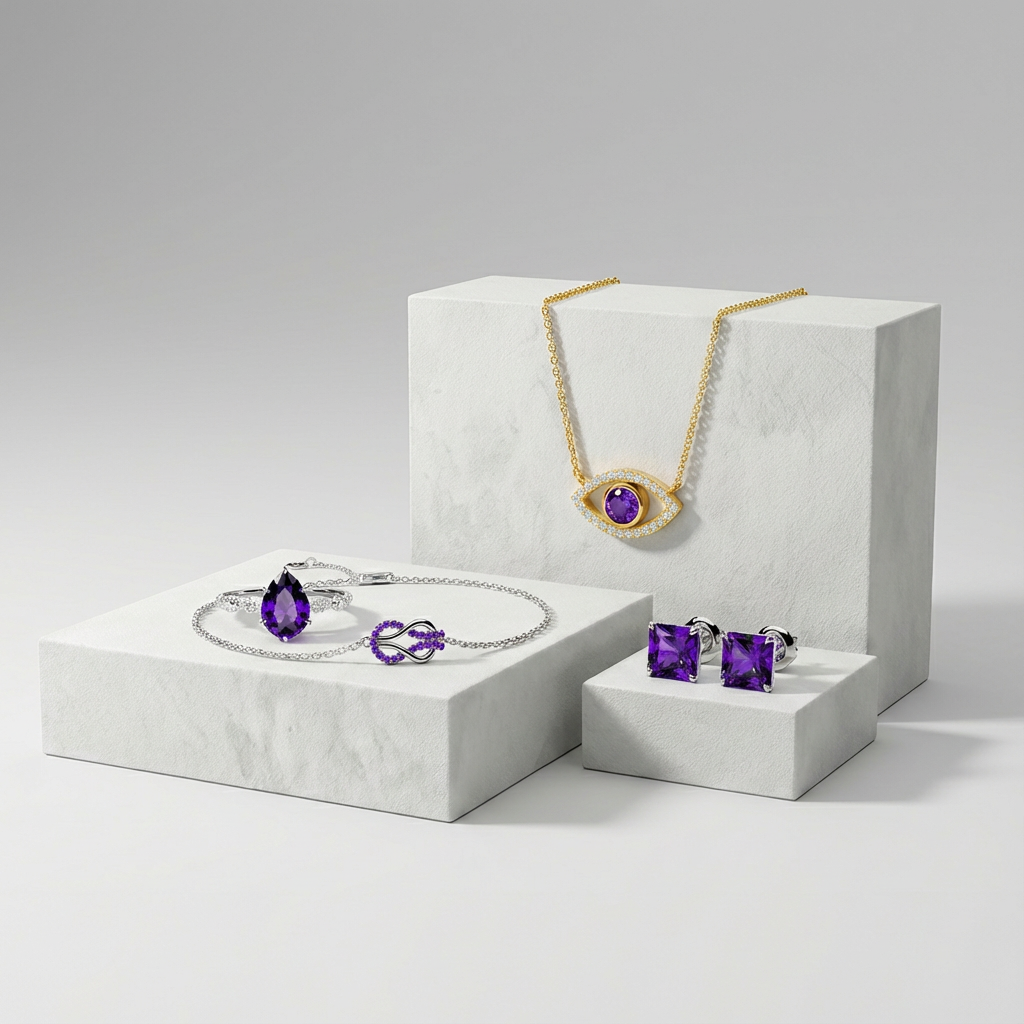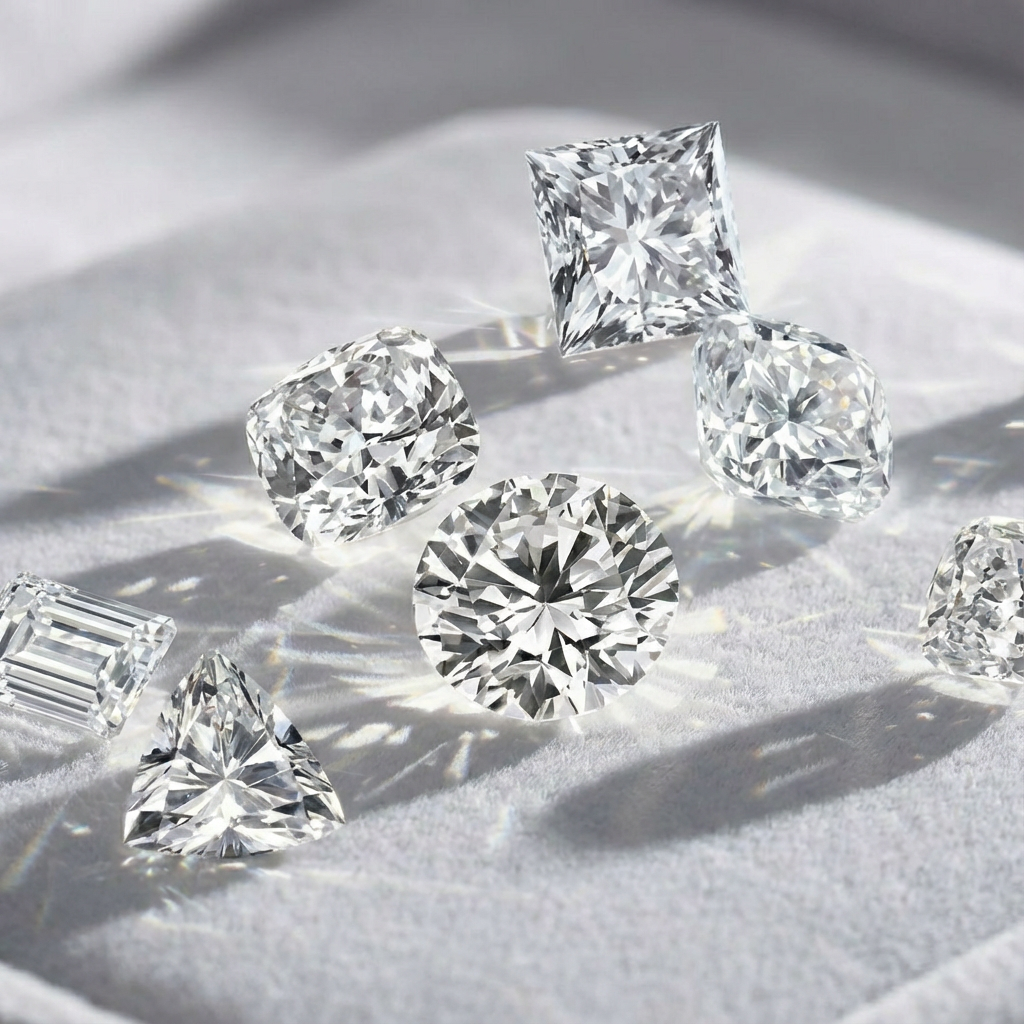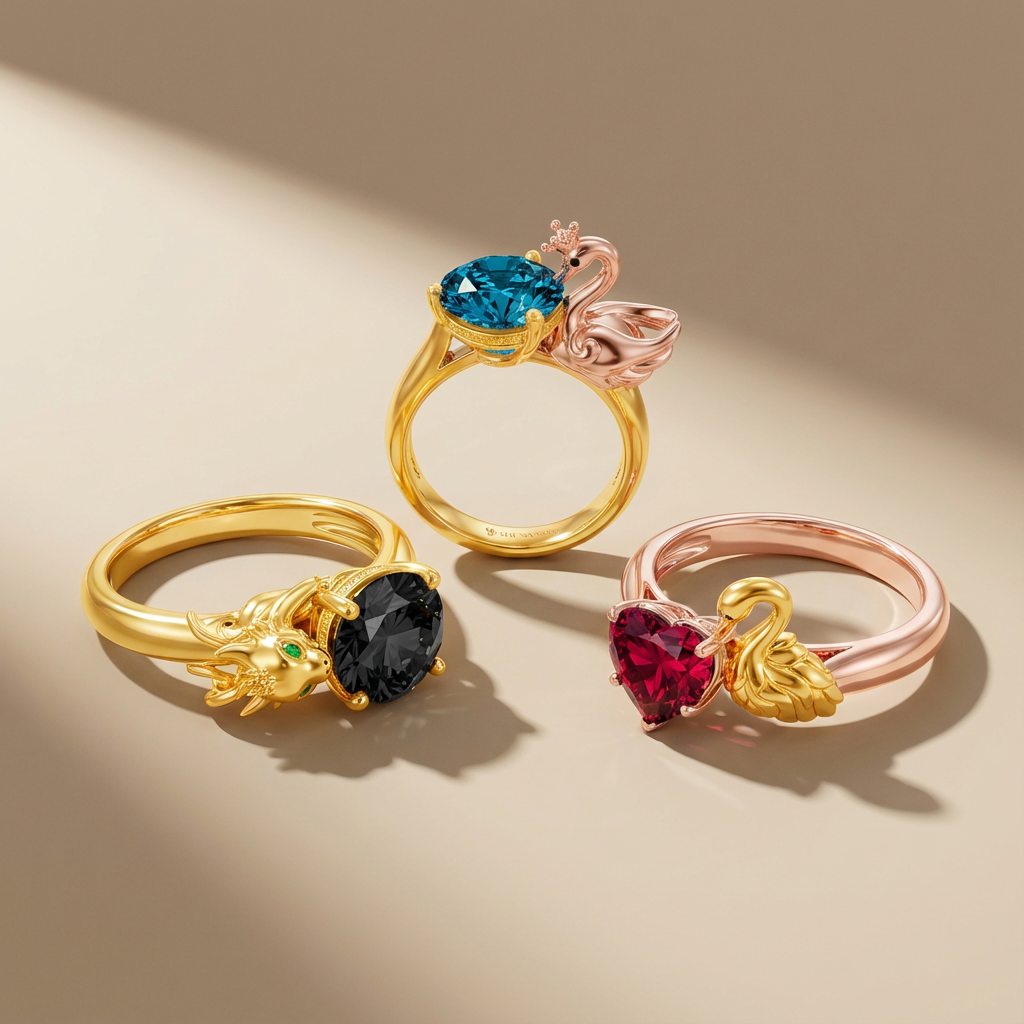Here are some fancy secrets of Emerald. Let’s explore together!

Overview
The English name of emerald originates from the ancient Persian–Zumurud, which originally meant green stone. Although Emerald is one of the least produced gemstones globally, the international jewelry industry recognizes it as one of the precious gemstones in the world. The public favors it because of its unique green color, unique quality, and magical legends. Emeralds are gem-grade green beryl. Its intensity should be relatively saturated, while the light green ones are usually green beryl.
Origin Of Emerald

The most famous region for emeralds in Colombia. The high-quality emeralds produced in the most renowned mining area, “Muzo” mine, present a blue-toned deep brilliant green. Gemologists also refer to emeralds that reach this color grade as “Muzo Green.” In addition, the main origins of emeralds include Zambia, Zimbabwe, Australia, Brazil. But emeralds in Colombia have the best quality.
History
In 1600 AD, more than 200 kilometers north of the Colombian capital, the river rose and surging, then water flowed backward and washed a lot of sediment. After the flood subsided, the Muiscas returned to their former homes. They just found the once-clear waters darkened, thinking sludge at the bottom had been rolled up. Instead, they found many beautiful emeralds in the river. Hence, that are Colombian emeralds. The Muiscas were ecstatic, they picked out some beautiful emeralds. And then they inlaid the unpolished column crystals into a delicate and peculiar necklace for princess Fura. Later, people take the princess’s name as the name of this necklace, and also, the emerald mine here follows this name-Fura.
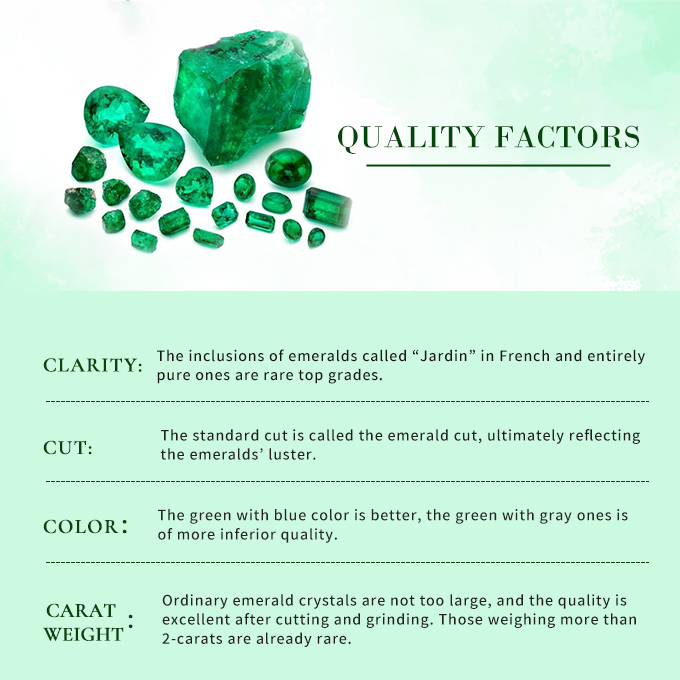
Care instructions
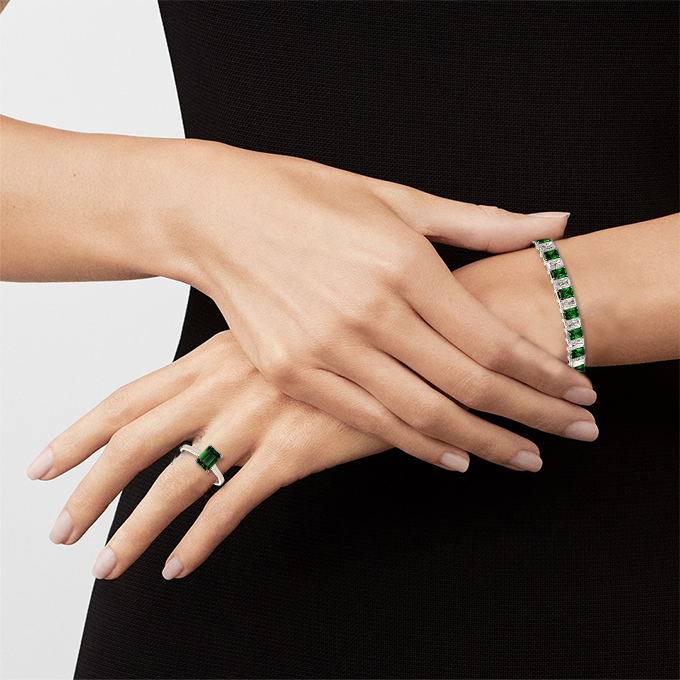
To avoid marks on the surface, do not rub against other gems or metals and bump it. Emerald also can not come into contact with acid, alcohol and ether. They will destroy the filling material in the crack, thereby reducing its transparency. Ultrasonic and steam cleaning are also not acceptable. Ultrasonic vibration may make gems with cracks more fragile. Hot steam may cause grease or resin to melt and flow out of the cracks. Gently scrubbing with warm soapy water is the safest way to clean emeralds.



